John Oliver starkly explains the problems with police and race, how we got here, what 'defunding' means

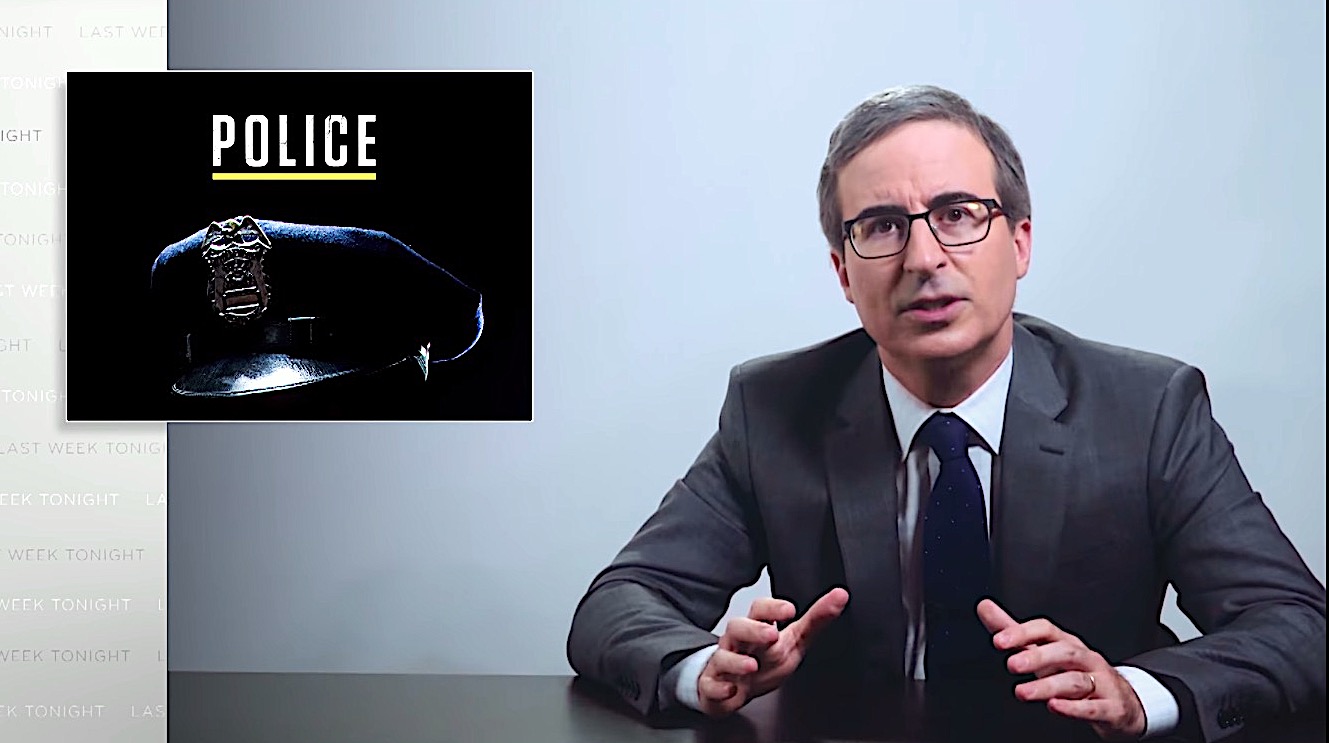
In a change of format, "our whole show is actually going to be about one thing, and you probably know what and you probably know why," John Oliver said on Sunday's Last Week Tonight. "All week, protesters have continued to fill the streets in all 50 states in the wake of the horrific murder of George Floyd by the police. And in response to those protests, which have been a stirring pushback against institutional racism and brutality, it's been frankly sickening to see them met with" more police brutality.
"Look, for any viewers sitting at home shocked by the scenes of police brutality, I get it — I'm white, too — but it's worth remembering, that's the tip of a very large iceberg," Oliver said. "It didn't start this week, or with this president, and it always disproportionately falls on black communities." He listed some "hard facts," including that 1 of ever 1,000 black men in America can expect to be killed by police, and laid out his three topics: how we got to this point, the obstacles to reform, and what we can do going forward.
Oliver tackled U.S. history, police militarization and "warrior" training, the mafia-like tactics of police unions, federal consent decrees, and the "qualified immunity" that protects bad cops from civil suits. He noted that Camden, New Jersey created a new police force "from the ground up" and explained "defunding the police," a "phrase that, on its face, may sound alarming to some" but "absolutely does not mean that we eliminate all comes and just succumb to the Purge," just shifting resources so police can do the narrow job they were hired for.
The Week
Escape your echo chamber. Get the facts behind the news, plus analysis from multiple perspectives.

Sign up for The Week's Free Newsletters
From our morning news briefing to a weekly Good News Newsletter, get the best of The Week delivered directly to your inbox.
From our morning news briefing to a weekly Good News Newsletter, get the best of The Week delivered directly to your inbox.
"This clearly isn't about individual officers," Oliver said. "It's about a structure built on systemic racism that this country created intentionally and now needs to dismantle intentionally, and replace with one that takes into account the needs of the people that it actually serves. And this is going to take sustained pressure and attention over a long period of time from all of us. ... Because it's going to be far too easy for nothing to meaningfully change here. That is what has always happened before." He gave the final word to a woman named Kimberly Jones, and you can watch that (NSFW language) below. Peter Weber

A free daily email with the biggest news stories of the day – and the best features from TheWeek.com
Peter has worked as a news and culture writer and editor at The Week since the site's launch in 2008. He covers politics, world affairs, religion and cultural currents. His journalism career began as a copy editor at a financial newswire and has included editorial positions at The New York Times Magazine, Facts on File, and Oregon State University.
-
 The rise of runcations
The rise of runcationsThe Week Recommends Lace up your running shoes and hit the trails on your next holiday
-
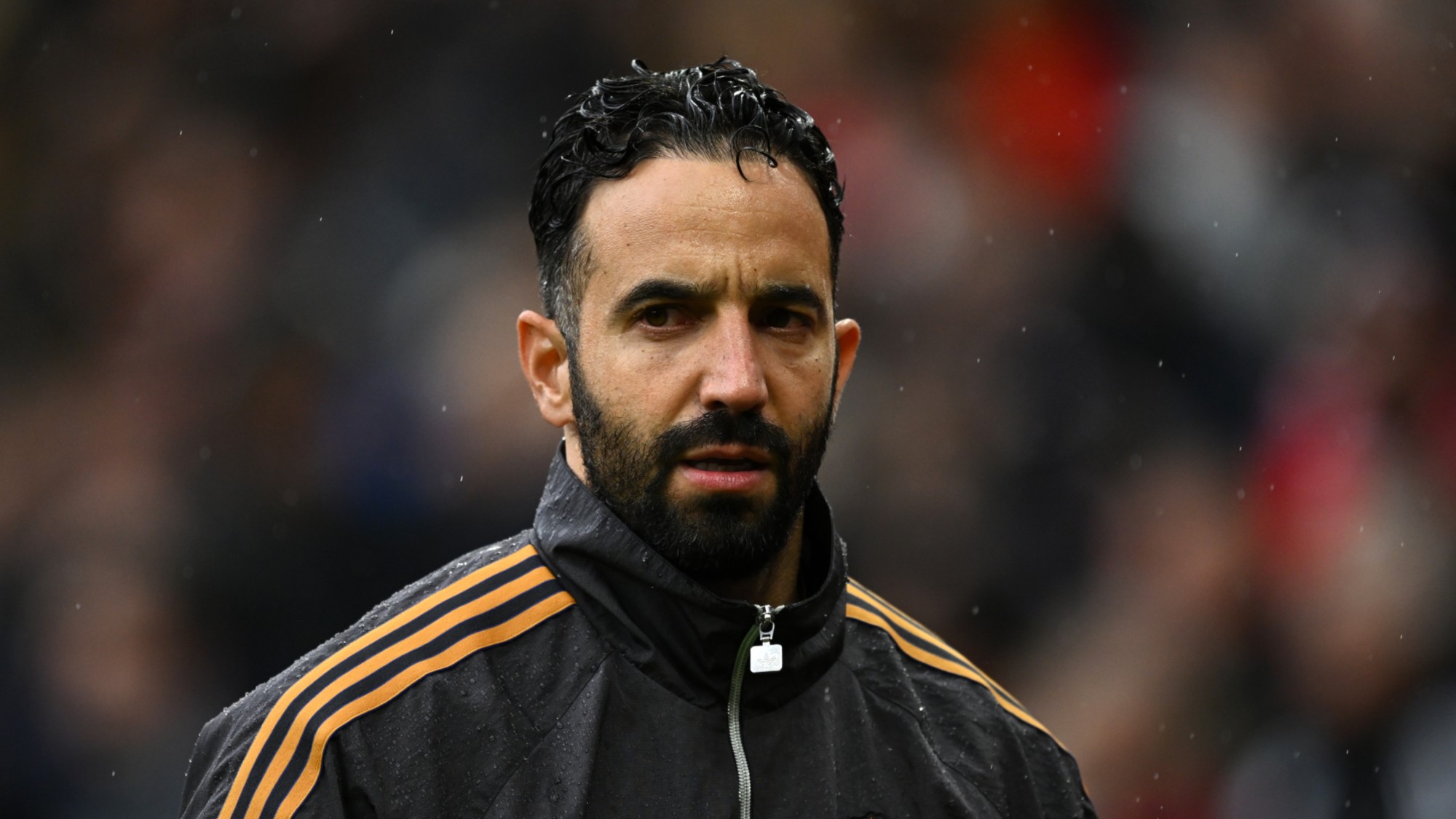 Amorim follows Maresca out of Premier League after ‘awful’ season
Amorim follows Maresca out of Premier League after ‘awful’ seasonIn the Spotlight Manchester United head coach sacked after dismal results and outburst against leadership, echoing comments by Chelsea boss when he quit last week
-
 ‘Jumping genes': How polar bears are rewiring their DNA to survive the warming Arctic
‘Jumping genes': How polar bears are rewiring their DNA to survive the warming ArcticUnder the radar The species is adapting to warmer temperatures
-
 ‘One Battle After Another’ wins Critics Choice honors
‘One Battle After Another’ wins Critics Choice honorsSpeed Read Paul Thomas Anderson’s latest film, which stars Leonardo DiCaprio, won best picture at the 31st Critics Choice Awards
-
 A peek inside Europe’s luxury new sleeper bus
A peek inside Europe’s luxury new sleeper busThe Week Recommends Overnight service with stops across Switzerland and the Netherlands promises a comfortable no-fly adventure
-
 Son arrested over killing of Rob and Michele Reiner
Son arrested over killing of Rob and Michele ReinerSpeed Read Nick, the 32-year-old son of Hollywood director Rob Reiner, has been booked for the murder of his parents
-
 Rob Reiner, wife dead in ‘apparent homicide’
Rob Reiner, wife dead in ‘apparent homicide’speed read The Reiners, found in their Los Angeles home, ‘had injuries consistent with being stabbed’
-
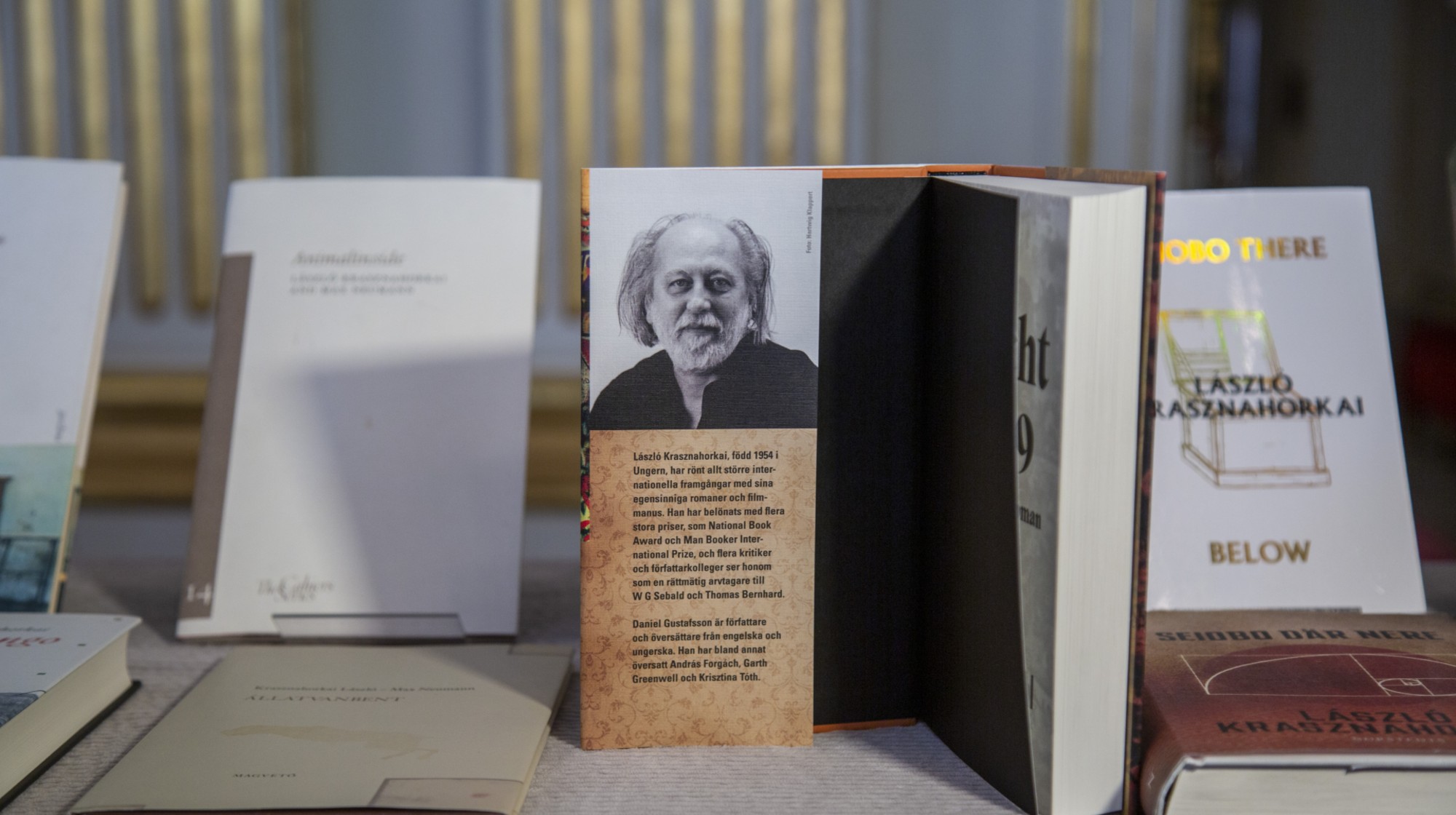 Hungary’s Krasznahorkai wins Nobel for literature
Hungary’s Krasznahorkai wins Nobel for literatureSpeed Read László Krasznahorkai is the author of acclaimed novels like ‘The Melancholy of Resistance’ and ‘Satantango’
-
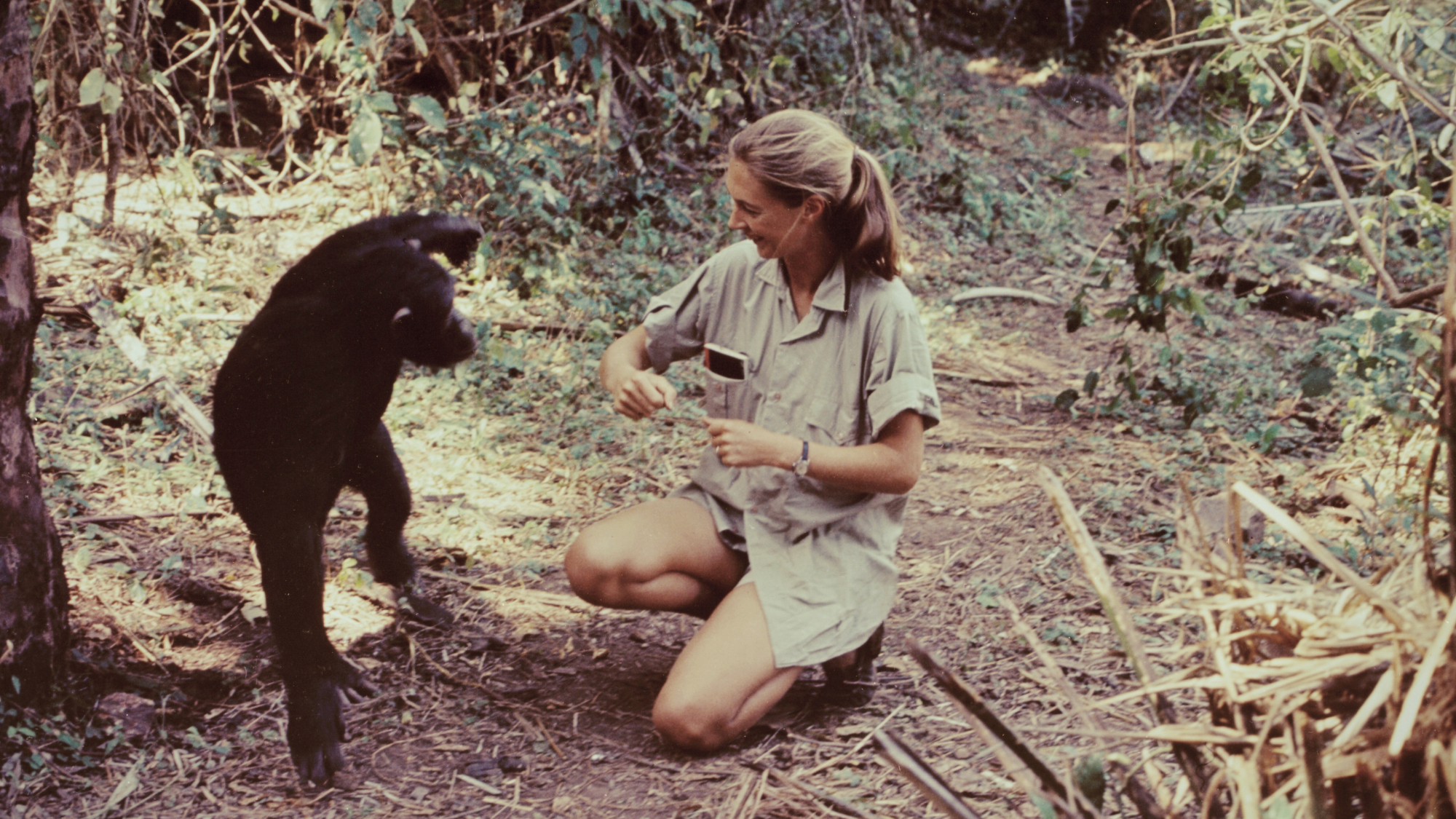 Primatologist Jane Goodall dies at 91
Primatologist Jane Goodall dies at 91Speed Read She rose to fame following her groundbreaking field research with chimpanzees
-
 Florida erases rainbow crosswalk at Pulse nightclub
Florida erases rainbow crosswalk at Pulse nightclubSpeed Read The colorful crosswalk was outside the former LGBTQ nightclub where 49 people were killed in a 2016 shooting
-
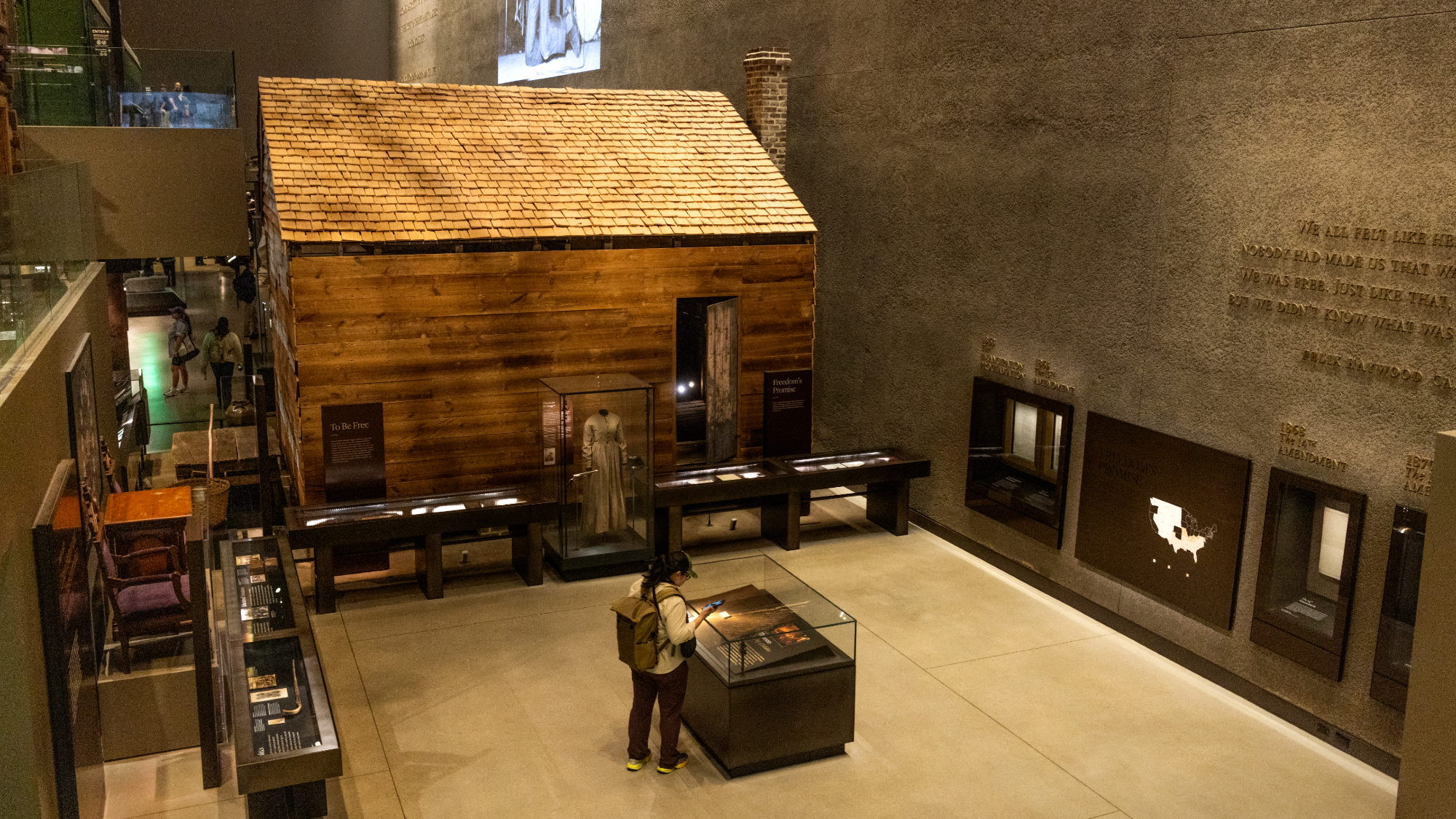 Trump says Smithsonian too focused on slavery's ills
Trump says Smithsonian too focused on slavery's illsSpeed Read The president would prefer the museum to highlight 'success,' 'brightness' and 'the future'
